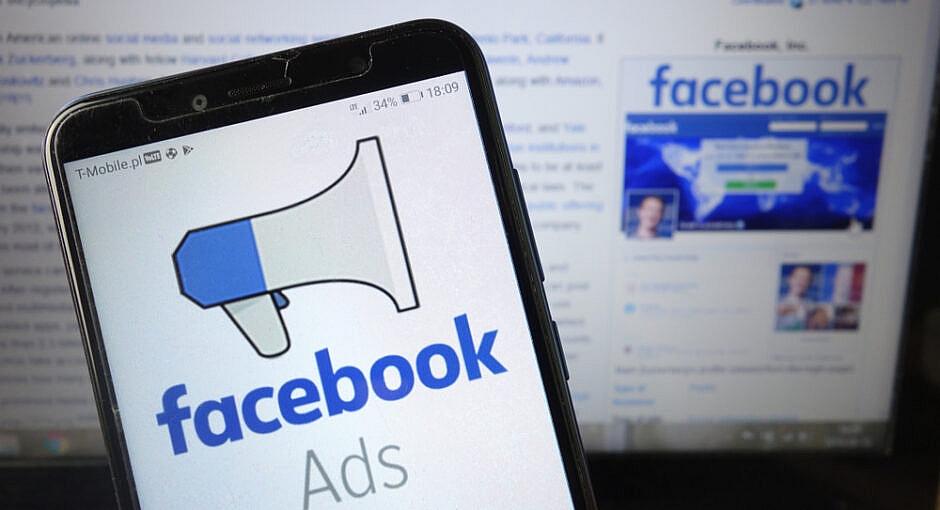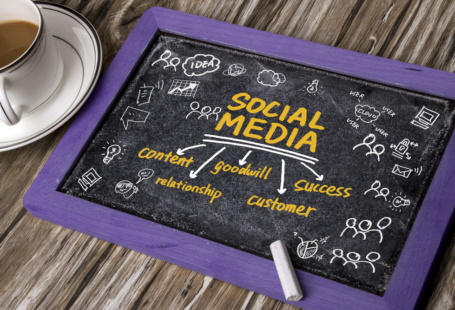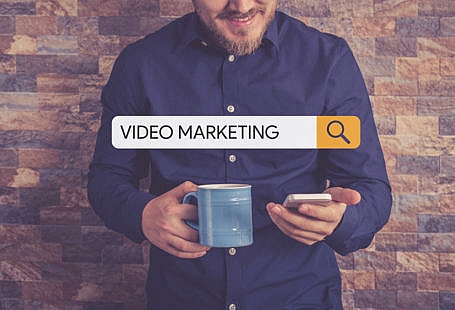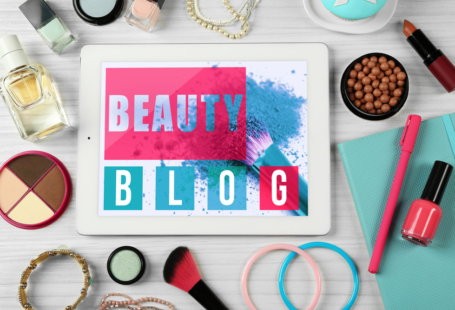Facebook is a growing phenomenon. It has grown exponentially in the past decade.
People use it to connect to each other, share their life events via photographs, video call and chat with each other, play video games, get up to date with news around the world, share their thoughts, build a timeline, plan events and join relevant groups, and the latest use of Facebook includes promoting a cause or a business.
You need to know the different types of ads being run on Facebook, their specifications, limitations, and usages so that you can use each type wisely to garner maximum traffic.
Link Click Ads:
These ads are best displayed in the desktop news feed, a mobile news feed, and Instagram. These ads are simply connected to your websites and lead the clicking audience to your website page, landing page, or blog posts.
You can use these with some placements to reach the maximum audience. These earn you reach, impressions, and likes on your pages.
The recommended image with this type of ad should range around 1200 x 628 pixels, and the text should be 90 characters, while the headline should consist of 25 characters. The link description could be 30 characters.
Video Ads:
These ads are again compatible with a desktop newsfeed, mobile newsfeed, and Instagram. These could be considered a modified form of link click ads as they also lead the user to the website’s link.
However, instead of a high-quality picture, there is a video. Videos can be as long as 2 hours, but most successful are short, ranging from 15-30 secs.
Looping is possible as the one available on snap chat. The video file should be a max of 4 GB, and the ad copy text should be 90 characters.
Boosted page posts:
If you run a page, you might’ve probably seen a boost your post sign beneath all your Facebook posts. The same format also supports this as the previous two.
When you click on the boost post sign, you can set up a target audience and bid on the reach to promote that certain post that is relevant and trendy at that time.
These boosted posts look similar to other Facebook posts except for sponsored text written beneath their title head name. The recommended image size is again 1200 x 628 pixels.
Multi-product or Carousel Ads:
We’ve talked about these twice before. The same format also supports these as the other three.
When you’re running an e-commerce store and need to showcase a range of your products, you can do that by displaying a single ad.
With this carousel ad, you can show up to 10 displays, either photos or videos, and/or both. These also comprise headlines, links, and a formative call to action in a single ad unit.
This way, people can compare the myriad and range of products posted, and at the same time, you can also benefit from it by identifying which posts get clicked more and gain more traffic as compared to other posts so you can post the ads with higher lineage next time and improve your stats further.
The suitable image size would be 1080 x 1080 or 600 x 600 pixels. Ad copy text could be 90 characters, while the headline can be 25 characters. The link description is again 30 characters.
Dynamic Product Ads (DPA):
In addition to the desktop newsfeed, mobile newsfeed, and Instagram, this format is supported by the right column audience network.
These are involved in retargeting based on the actions and the inactions taken on your page before.
They are perfectly timed ads. Upload your product lists and make sure your pixel is installed. The specs of this are as same as link click ads.
Facebook lead ads:
This ad is supported by all formats too. This is the foolproof way to get new leads, as the title suggests.
This allows people to download their content or sign up for your newsletter or view your products without having to leave Facebook and disrupt their feed.
The specs remain the same, except the context card can be in a paragraph format with no character limit, or you can write up to five bullet points with a limit of 80 characters on each bullet point.
Your privacy policy and website URL link are required by Facebook in this type.
Canvas ads:
These are only supported by mobile newsfeeds. It lets users interact with your products.
This loses the images faster and allows the users to zoom in, zoom out, check the front and back view, and tap to other products making the process more immersive.
It allows for full-screen images, image carousels, auto-play videos, etc. You must have seen these in the App Store and google play when downloading apps; the related images are given below.
Collection Ads:
These are again only supported by mobile Facebook format. As the name suggests, these represent a collection of products but not in a carousel pattern.
This makes it more visual and immersive as you can just tap away to find your best-wanted product and make transactions there and then.
Page like Ads:
Many e-commerce companies based on Facebook want more likes on their Facebook page, and this way, you can do that. You can simply publish an ad on your page.
They are supported by all formats and have a thumbs option so people can like your page right away. Choose the right image and bio to reach your perfectly curated audience.
Page photo post ads:
These are again supported by all formats except Instagram, and the display is much like that of a boosted post, except there is also a visible call to action that a blue button, but instead of your page being promoted through your page header, you can use a popular post to promote your page and gain likes.
Page post video ads:
This is similar to the one above the hut; instead of a photo, there is a video. Keep the video short.
This usually earns people more traction than photo ads. You can impress the maximum audience with this type. You can either do full landscape or full portrait.
Page posts text ads:
Like the ones before, instead of a photo or video, you promote a certain text from your page.
Make sure the text is catchy or witty, trendy, or a rhetorical question that instantly grabs the attention of your viewer. It is better, however, to use a video or an image rather than this.
Mobile app ads:
These are basically used by companies who want their apps to be installed faster. The display is just like that of a page ad; instead, there is no option to like but install the app instead of presenting it with a direct call to action.
And these are only supported by mobile formats. These can further help you refine your audience by choosing between android or ios users through the Facebook pixel.
While there are a plethora of other ad types, these are the most common types of ads that are posted.
The other types include Desktop app ads, event ads, offer claim ads to claim an offer, local awareness ads, and messenger ads that are only displayed in messenger.
Finally!
Choose the type of ad that works most closely with your e-commerce institution to ensure maximum conversions and considerations.
For example, if you are there to support your online baked goods, a carousel ad won’t benefit you as much as a messenger ad, which will be posted in the messenger of the person who might’ve slightly interacted with your account at one time.
Messenger makes things more personal, and people might share it with their friends while chatting and hence, more chances for purchases.





